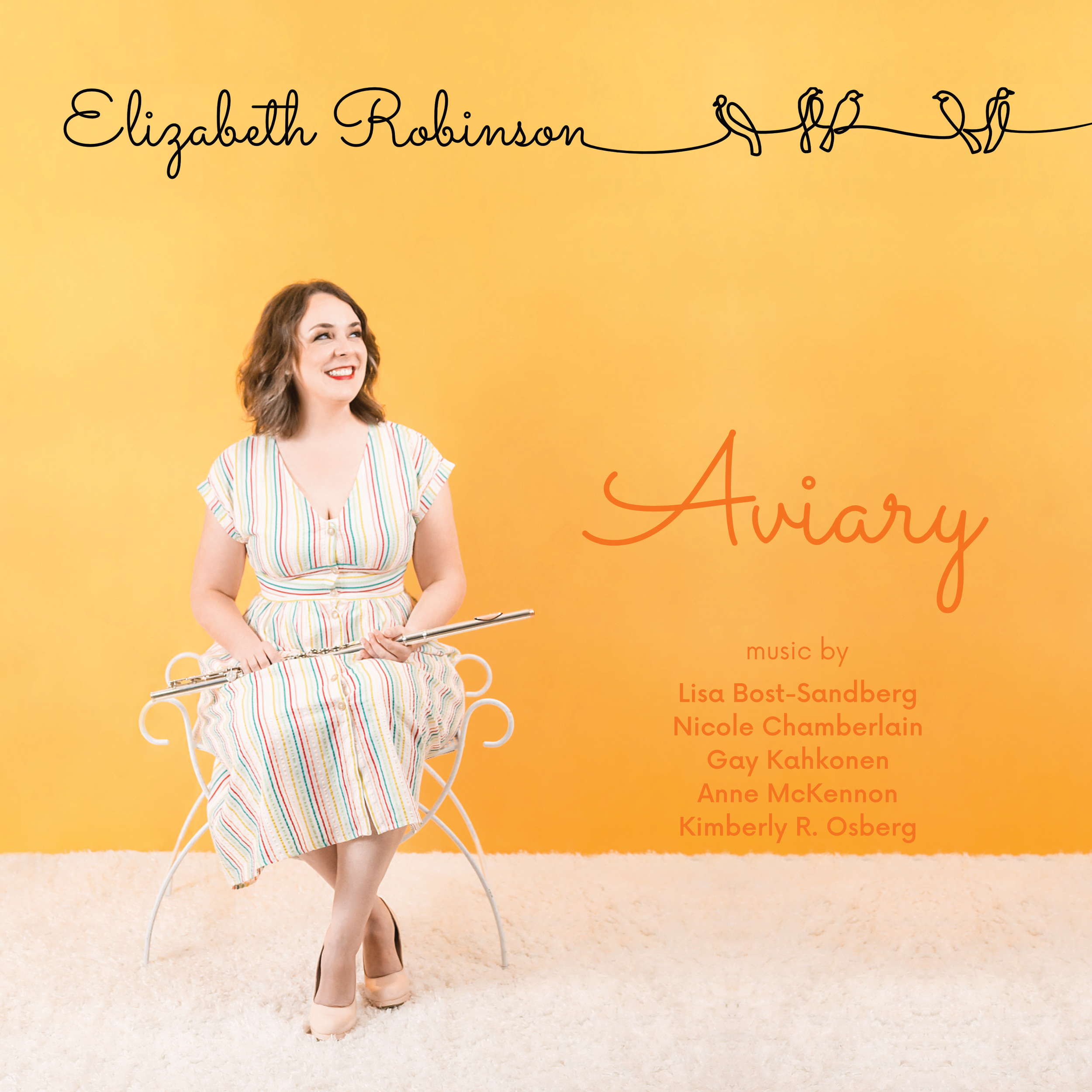Textura Reviews “Aviary” by Elizabeth Robinson
One imagines Takemitsu would be captivated by Aviary, and were he still with us Messiaen would no doubt have the collection on repeat too. Credit Robinson for crafting an album filled with one delightful moment after another, but credit also her flute-playing partners for helping to generate its harmonic sound world and the composers for giving them wonderful material to perform. For flute lovers especially, the album's a must-have, but its appeal is hardly exclusive to a single group.
Read the rest of the thoughtful review on Textura.org!



